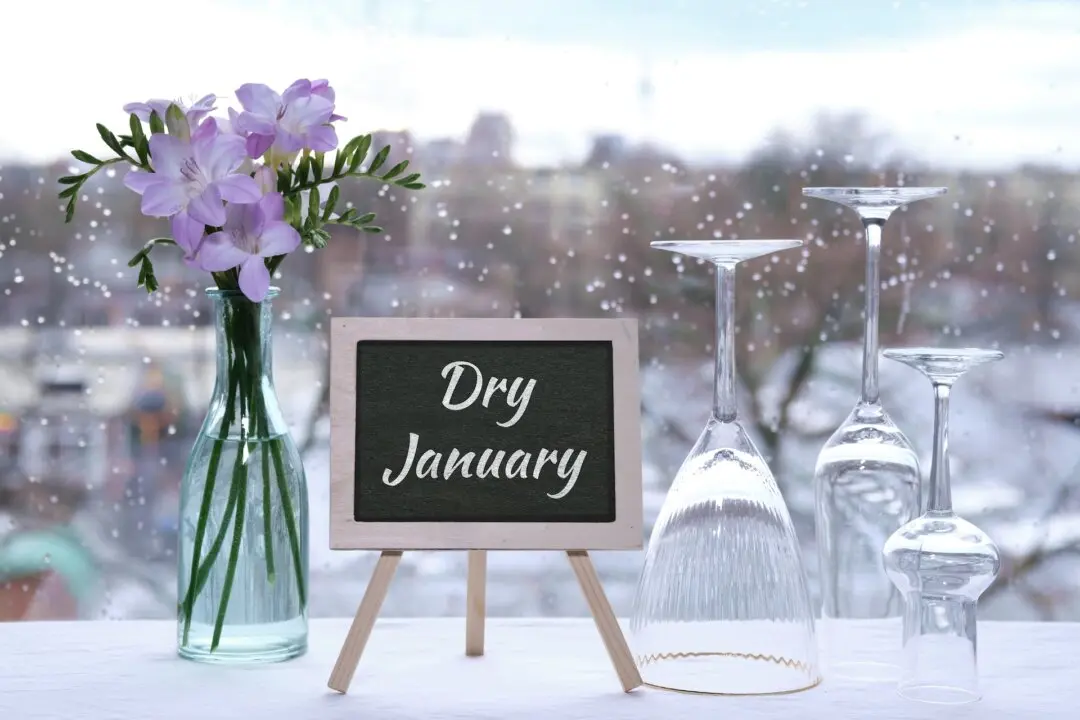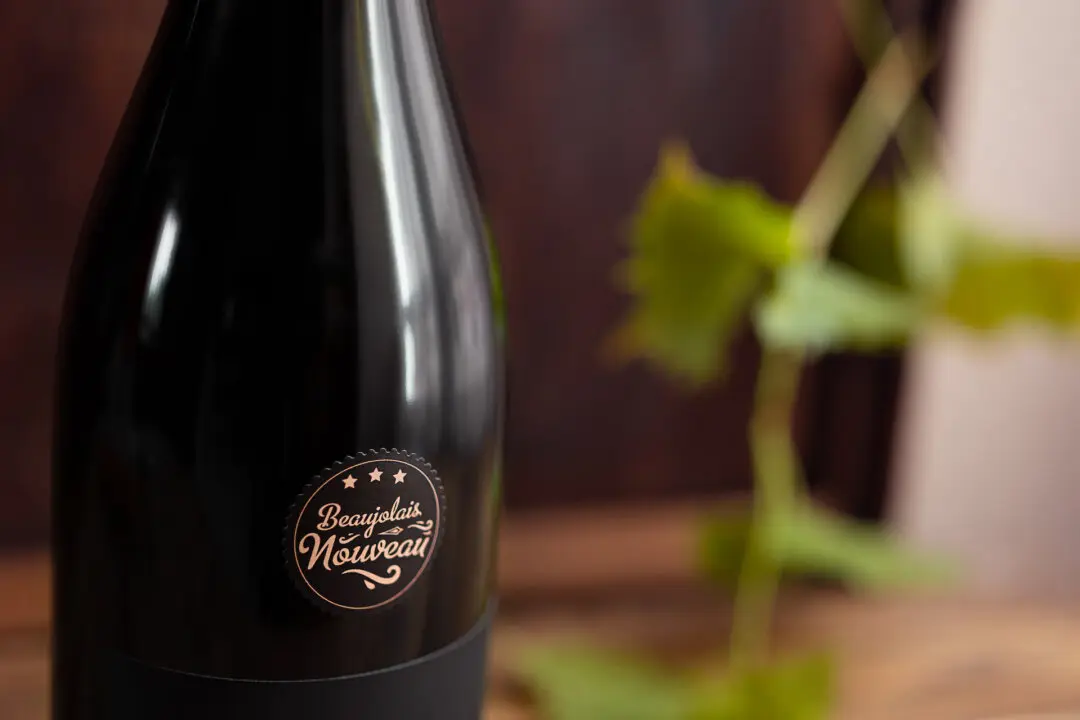Most consumers are well aware of how impacted they are by inflation -- and each industry that has to explain why its prices have gone up has a slightly different explanation.
Whether it’s supply chain issues, trucking problems, delays at sea, raw material shortages or labor issues, none are the only reasons. Several explanations apply to each industry.





